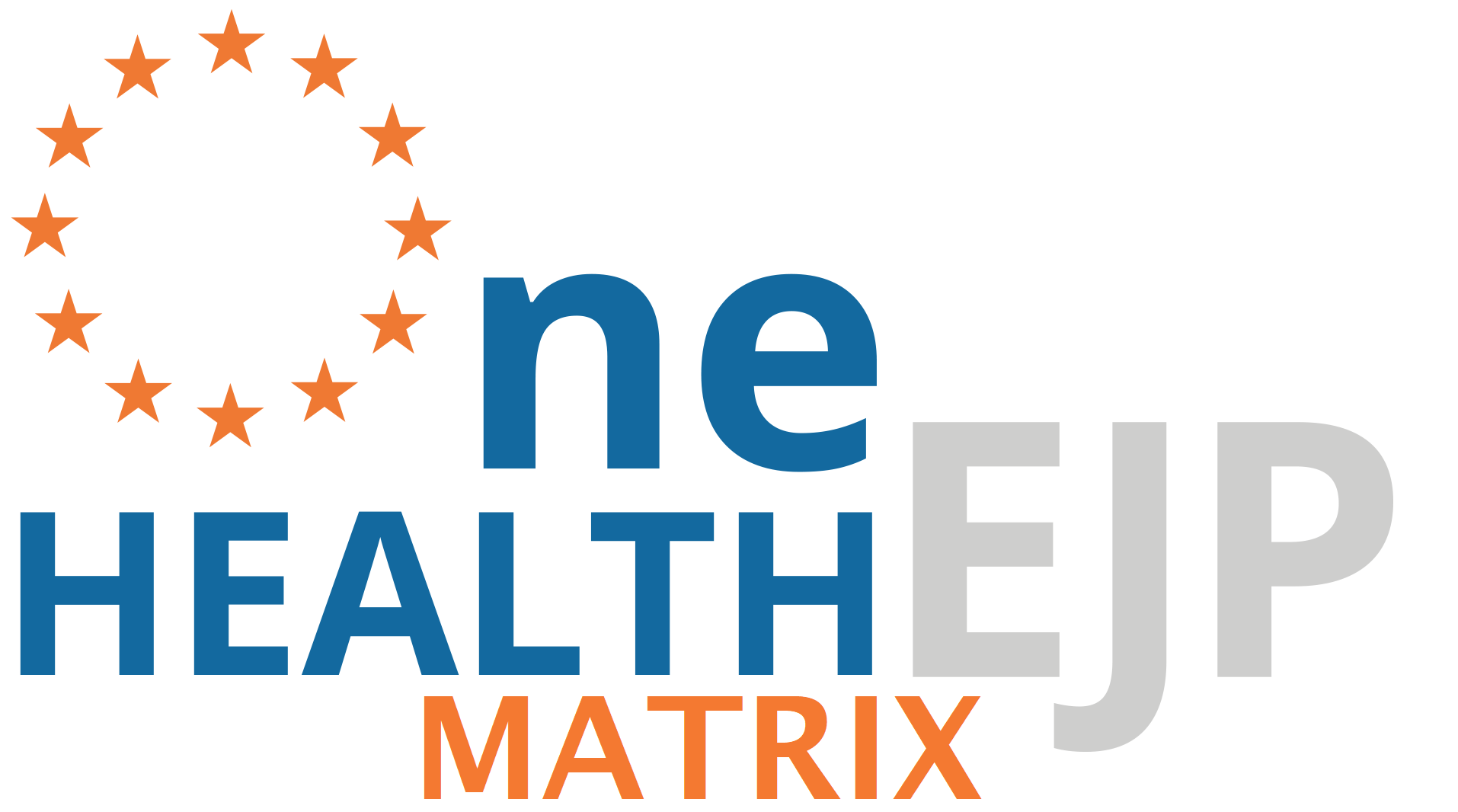One of the first jobs for the working group is to identify, characterise and engage with the stakeholders for the project.
A stakeholder, in the context of this project, is defined as: persons or organisations that can affect, or are affected by the process and final outcome of creating a one health surveillance system from the integration of existing surveillance programs (modified from OHRAS). Appropriate engagement of stakeholders is instrumental to the success of your project.
A stakeholder analysis is the method by which you identify, characterise and subsequently engage with stakeholders. There are many different published approaches to stakeholder analysis each with their own strengths and weaknesses. We provide an approach below that builds upon that presented in the OHRAS, although encourage you to inform yourself of the other published examples by which you can refine the approach to your specific situation.
1. Stakeholder identification
The first step is to identify the relevant stakeholders. As a group, think back to the definition of a stakeholder and list all persons or organisations that can affect, or are affected by the process and final outcome of creating a one health surveillance system from existing surveillance programs for your particular pathogen or disease. For this exercise it may be helpful to consider the possible stakeholders at each step in the surveillance pathway (Fig 1 below), for each of the existing surveillance programs that may contribute to the final OHSS.


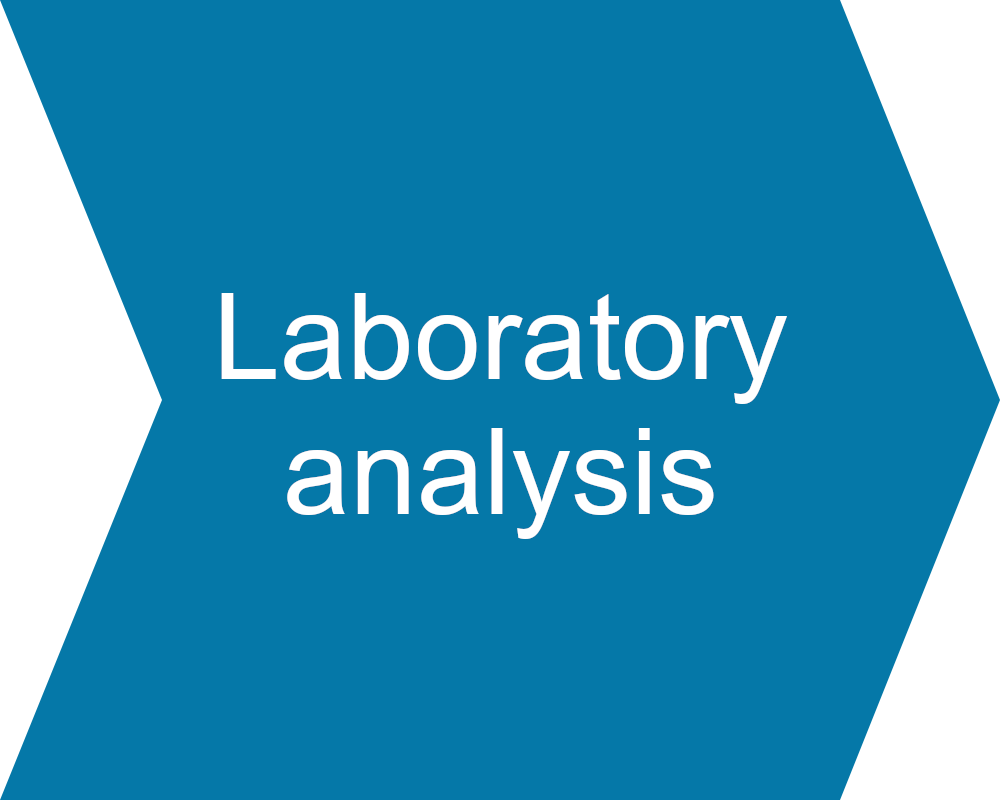
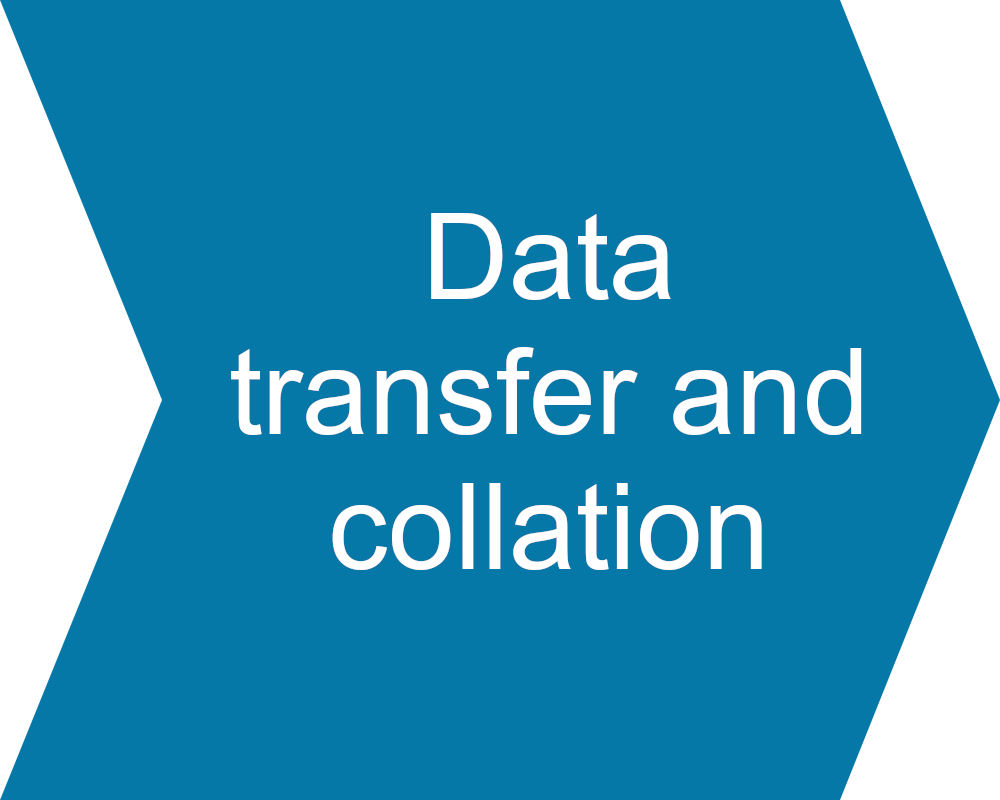
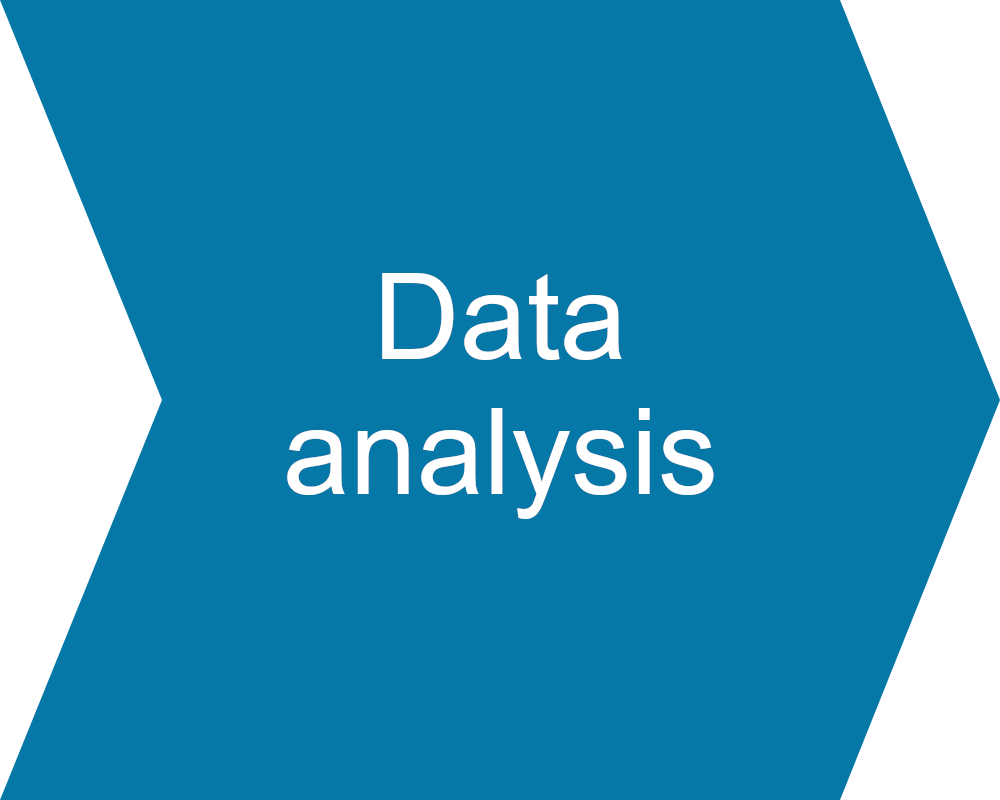


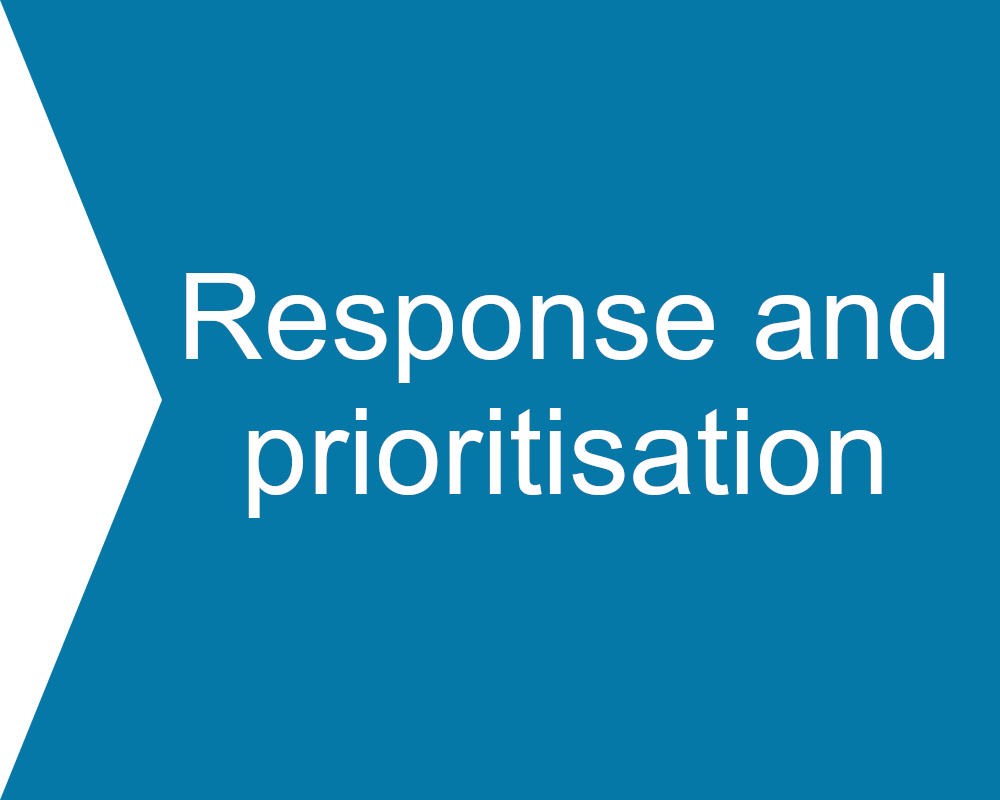
Surveillance pathway
Also consider stakeholders:
- With decision making power from each sector
- With access to, or power over resources from each sector
- Who represent the regulatory sectors
- Who are respected persons, or persons perceived as champions within a relevant field
2. Stakeholder characterisation
Characterisation of your stakeholders allows you to gain insight into their priorities, and understand their needs, skill sets, assets and knowledge. This information can then be used to classify how you should engage with each stakeholder.
As a group, discuss and record each of the stakeholders in terms of their priorities, needs, skill sets and knowledge. Then use a Mendelow Matrix model to help categorise your stakeholders into quadrants based on their estimated interest in the topic and their influence.
Interest = how interested are the stakeholders in developing an OHSS
Influence = how strongly can the stakeholders influence the strategy and resources available to develop an OHSS
The OHRAS provides a practical description of how to complete a Mendelow matrix – OHRAS – stakeholder analysis . This process will likely require considerable discussion and re-evaluation of where stakeholders are placed in the Matrix, but eventually all stakeholders will be placed into one of four categories:
- High influence, high interest
- High influence, low interest
- Low influence, high interest
- Low influence, low interest
3. Stakeholder engagement
Once the stakeholders are identified and characterised you can devise an engagement strategy. The Mendelow matrix is useful as it suggests an engagement strategy based on the four quadrants within which each stakeholder falls.
Engagement strategies based on the Mendelow matrix as described in the OHRAS (and modified for this context), are presented in the table below.
| Estimated interest and influence |
Engagement strategy |
Description |
|
|---|---|---|---|
|
Influence |
Interest |
||
|
High |
High |
Actively engage |
These stakeholders need to be kept actively engaged in the process as they play a direct role in creating and implementing the OHSS. They should be certainly be included in the step for designing and implementing the system, and anywhere else deemed relevant to their skill set, knowledge or interest. |
|
Low |
High |
Keep informed |
These stakeholders should be kept informed but do not have a direct role in creating or implementing the OHSS |
|
High |
Low |
Keep satisfied |
These stakeholders need to be kept satisfied, but it is not necessary to have them involved during the entire process of creating and implementing the OHSS. The recommendation is to involve them at certain highlights or certain steps during the process. |
|
Low |
Low |
Monitor |
These stakeholders should be kept informed, but not overloaded with information. Their interest and influence should be monitored over time and engagement strategy adapted to any changes. |
The actual act of contacting stakeholders can be done directly (cold), through the use of contacts, or through the use of a well-known organisation. Often, the most efficient approach is through the use of contacts, and therefore, the contact networks already present within the working group become important. Stakeholders within a topic are often also networked, and where a direct contact to a working group member does not exist, an intermediate connection may be found through an already engaged stakeholder.
